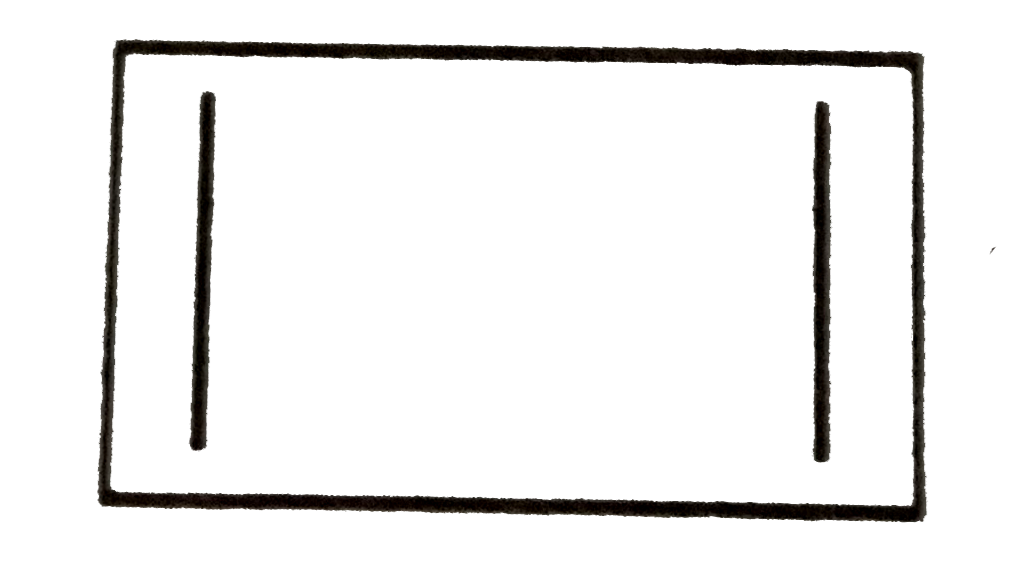Which of the following compounds is an example of Freon?
C2Cl2F2
C2H2F2
C2F4
C2HF3
To determine which of the given compounds is an example of Freon, we need to understand the definition and characteristics of Freons.
1. Understanding Freons: Freons are a class of compounds known as chlorofluorocarbons (CFCs). They typically contain carbon (C), fluorine (F), and chlorine (Cl) atoms. Freons are commonly used as refrigerants and aerosol propellants.
2. Analyzing the Options:
- Option A: C2Cl2F2: This compound contains 2 carbon (C) atoms, 2 chlorine (Cl) atoms, and 2 fluorine (F) atoms. Since it contains both chlorine and fluorine, it fits the definition of a Freon.
- Option B: C2H2F2: This compound contains 2 carbon (C) atoms, 2 hydrogen (H) atoms, and 2 fluorine (F) atoms. It does not contain any chlorine (Cl), so it is not a Freon.
- Option C: C2F4: This compound contains 2 carbon (C) atoms and 4 fluorine (F) atoms, but it lacks chlorine (Cl). Therefore, it is not a Freon.
- Option D: C2HF3: This compound contains 2 carbon (C) atoms, 1 hydrogen (H) atom, and 3 fluorine (F) atoms. It also does not contain chlorine (Cl), so it is not a Freon.
3. Conclusion: The only compound that meets the criteria for being a Freon is C2Cl2F2 (Option A).
Final Answer:
C2Cl2F2 is an example of Freon.
---
- Option A: C2Cl2F2: This compound contains 2 carbon (C) atoms, 2 chlorine (Cl) atoms, and 2 fluorine (F) atoms. Since it contains both chlorine and fluorine, it fits the definition of a Freon.
- Option B: C2H2F2: This compound contains 2 carbon (C) atoms, 2 hydrogen (H) atoms, and 2 fluorine (F) atoms. It does not contain any chlorine (Cl), so it is not a Freon.
- Option C: C2F4: This compound contains 2 carbon (C) atoms and 4 fluorine (F) atoms, but it lacks chlorine (Cl). Therefore, it is not a Freon.
- Option D: C2HF3: This compound contains 2 carbon (C) atoms, 1 hydrogen (H) atom, and 3 fluorine (F) atoms. It also does not contain chlorine (Cl), so it is not a Freon.
C2Cl2F2 is an example of Freon.
Topper's Solved these Questions
Similar Questions
Knowledge Check
Following compound is an example of
 isAAromatic compoundBHeterocyclic compoundCAnnuleneDXanthates.
isAAromatic compoundBHeterocyclic compoundCAnnuleneDXanthates.Which of the following reactiona is an example of use of water gas in the synthesis of other compounds?
ACH4(g)+H2O(g)1270K−−−→NiCO(g)+H2(g)BCO(g)+H2O(g)673K−−−−→CatalystCO2(g)+H2(g)CCnH2n+2+nH2O(g)1270K−−−→NinCO+(2n+1)H2DCO(g)+2H2(g)Cobalt−−−−→CatalystCH3OH(l)Which of the following reaction is an example of use of water gas in the synthesis of other compounds ?
ACH4(g)+H2O(g)1270K−−−−−→NiCO(g)+H2(g)BCO(g)+H2O(g)673K−−−−−→CatalystCO2(g)+H2(g)CCnH2n+2+n.H2O(g)1270K−−−−−→Nin.CO+(2n+1)H2DCO(g)+2H2(g)Cobalt−−−−−→CatalystCH3.OH(I)
Which of the following reaction is an example of use of water gas in the synthesis of other compounds ?
View SolutionWhich of the following reactiona is an example of use of water gas in the synthesis of other compounds?
View SolutionWhich of the following reactiona is an example of use of water gas in the synthesis of other compounds?
View SolutionWhich of the following compound is an ionic compound ?
View SolutionWhich of the following is not an example of organometallic compound?
View Solution
